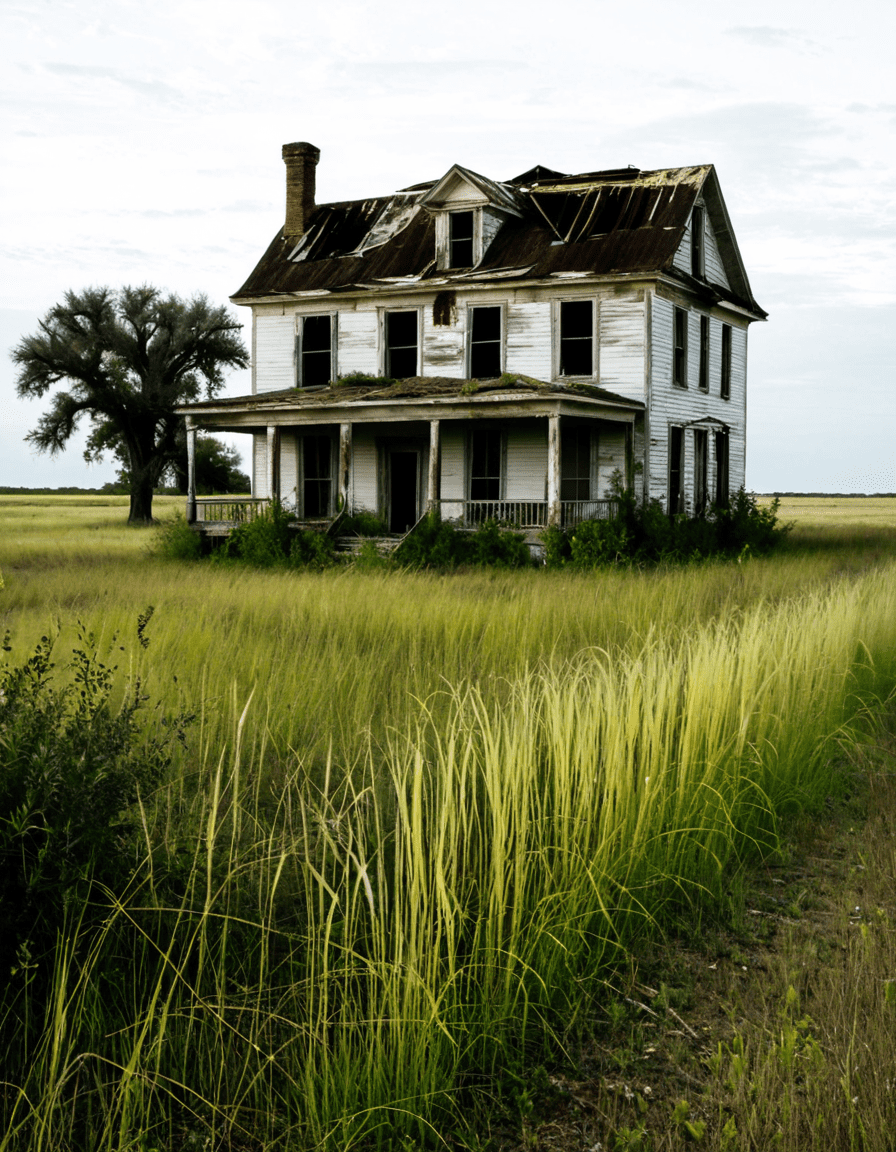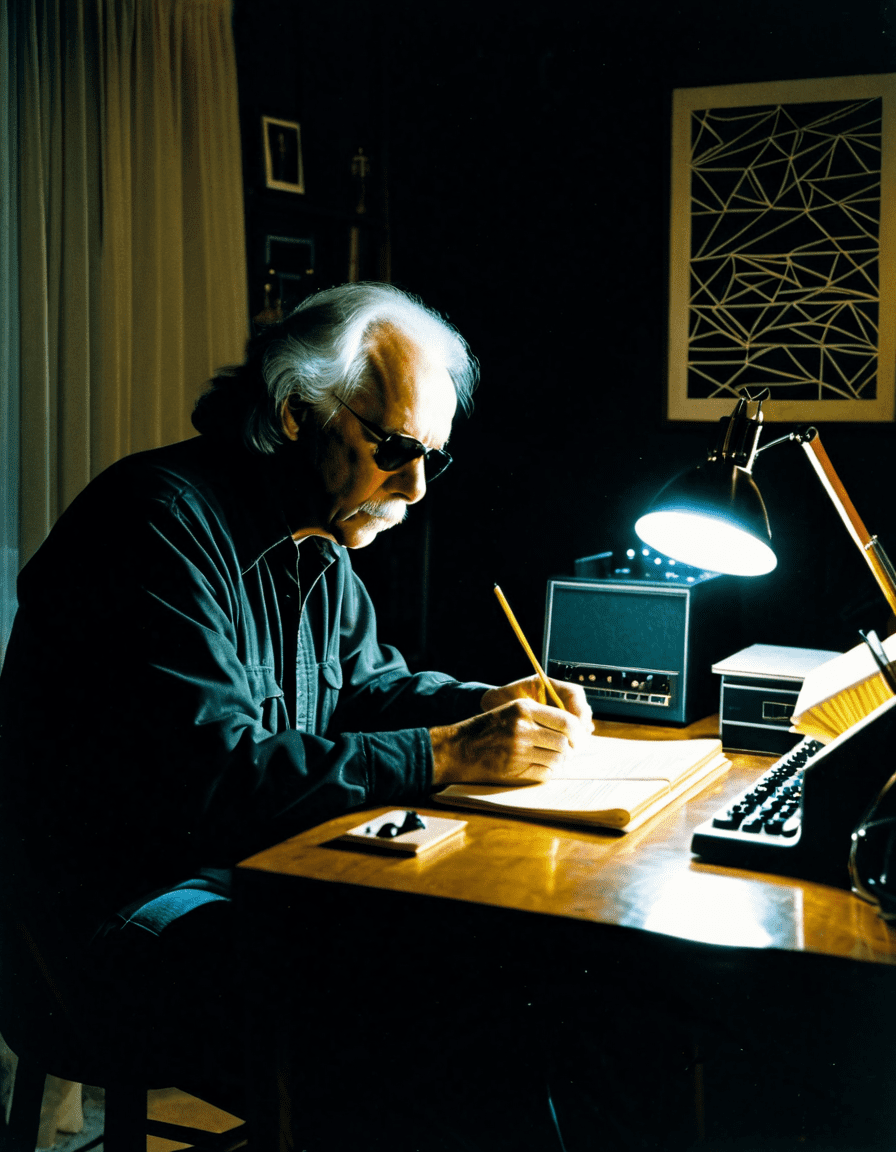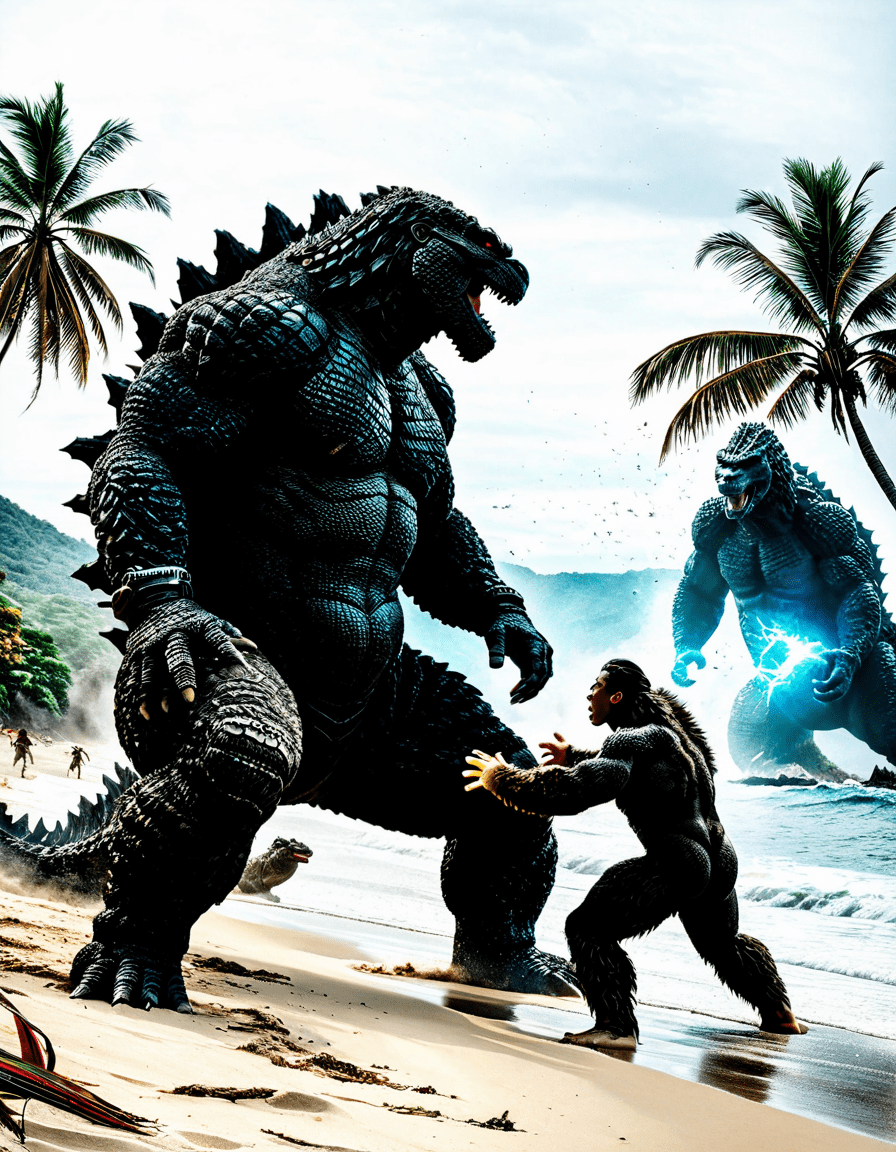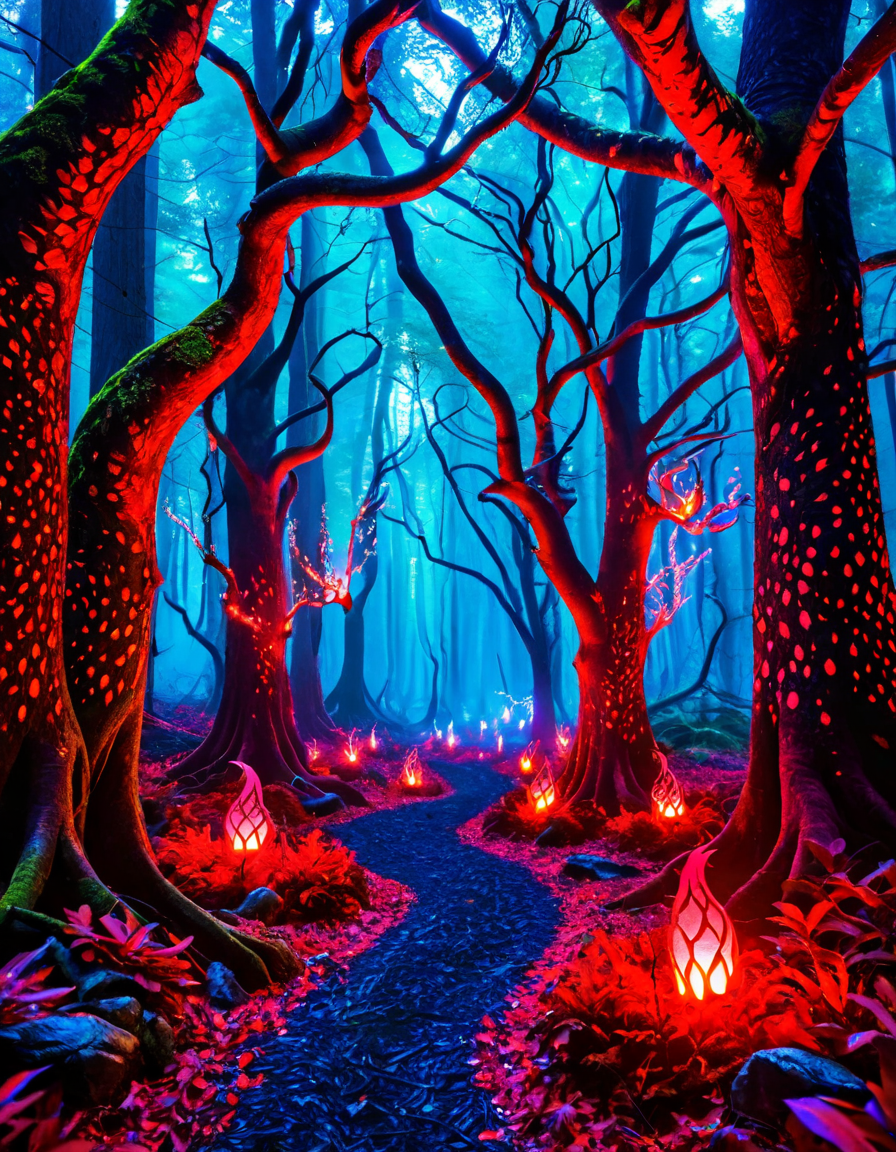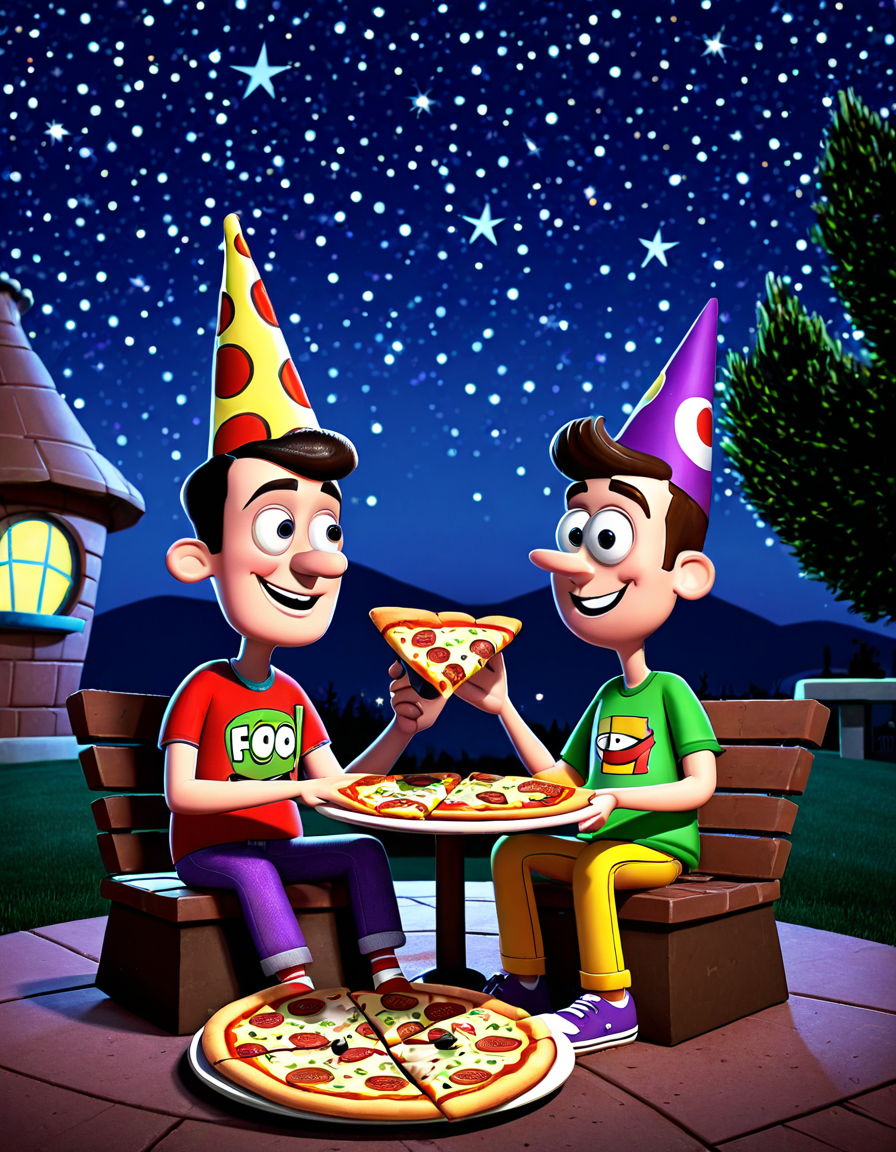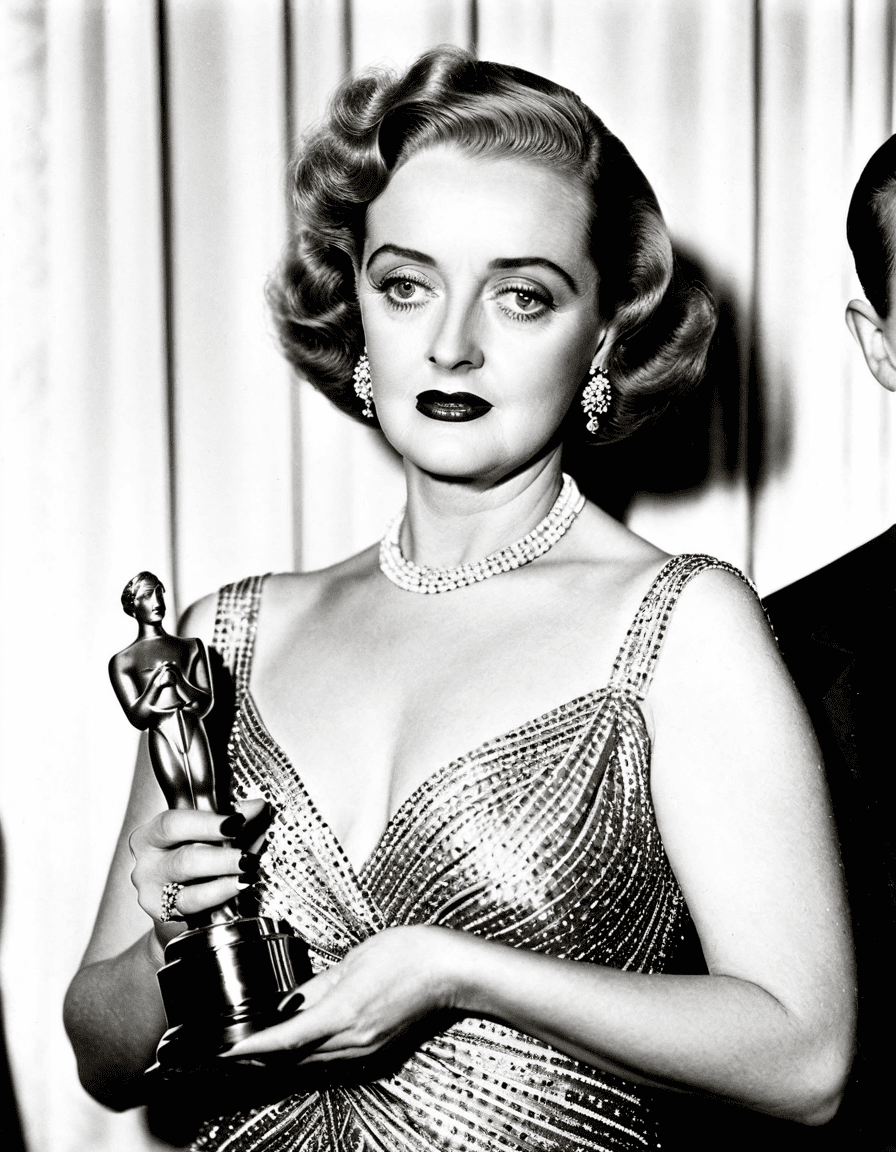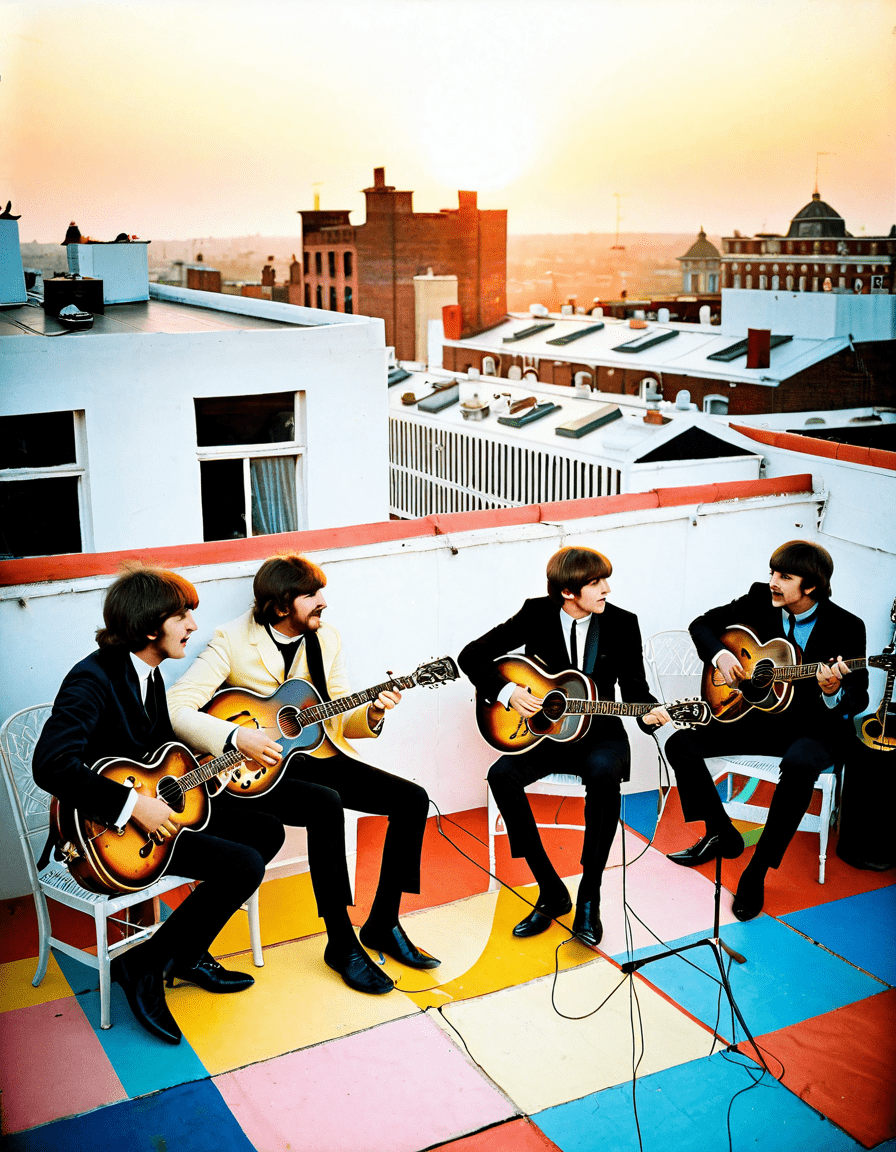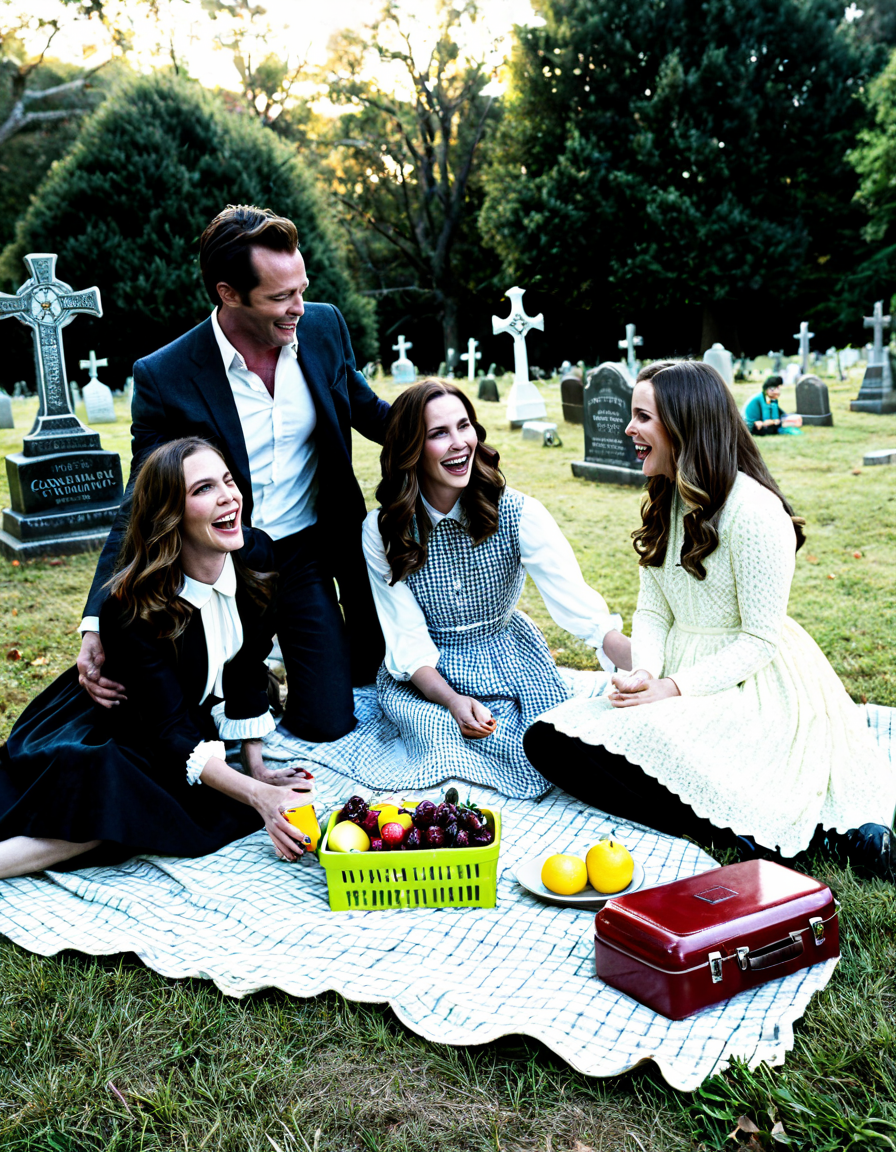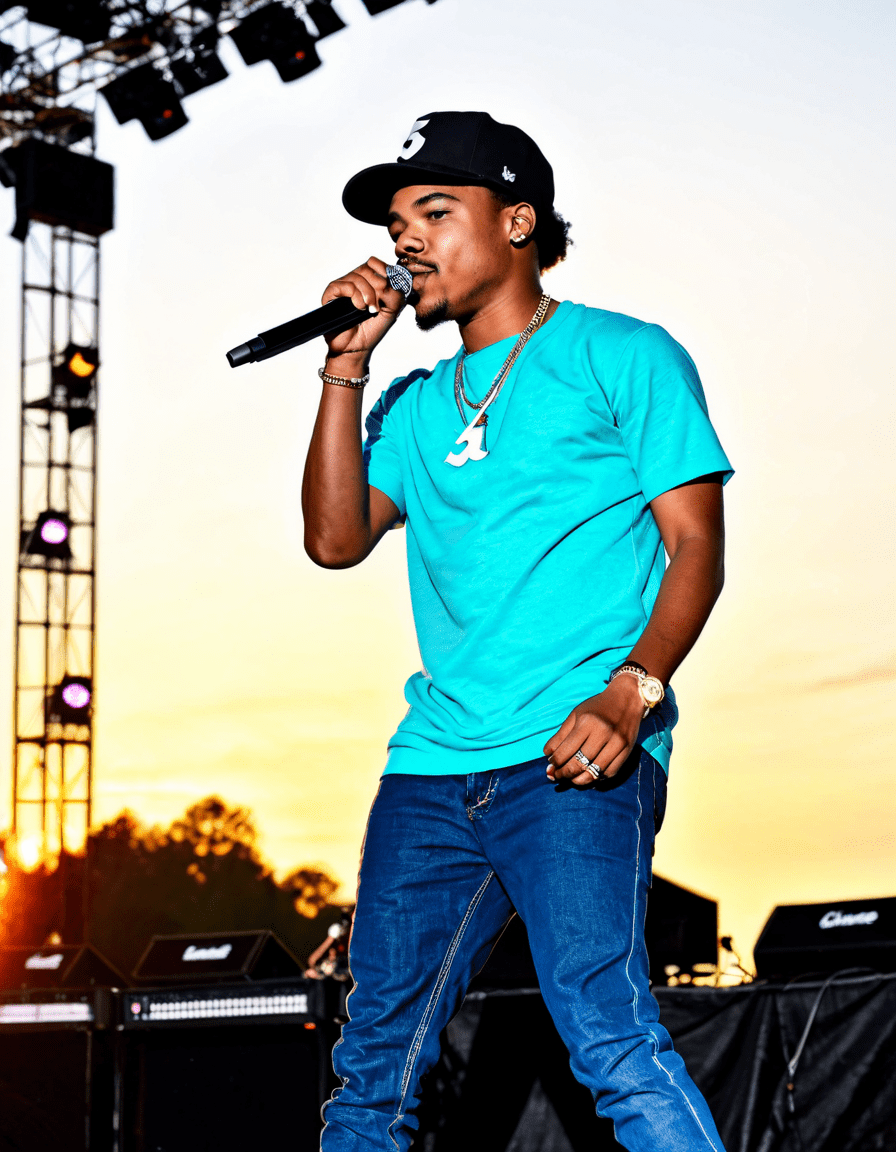
1. The Legacy of Texas Chainsaw Massacre in Horror Cinema
The Texas Chainsaw Massacre, directed by Tobe Hooper in 1974, is more than just a horror film; it’s an enduring cultural phenomenon that reshaped the landscape of horror cinema. The unsettling narrative, loosely inspired by the real-life crimes of Ed Gein, shoehorns viewers into a nightmare that lingers long after the credits roll. Its gritty realism and biting social commentary echo the feelings of disconnection and fear that ripple through society, still captivating audiences today.
In a genre crowded with clichés, Texas Chainsaw Massacre rose to prominence by breathing authenticity into its storytelling. The film’s visceral nature and stark portrayal of horror resonate deeply with those who dive into the unsettling world of terror films. Each frame stands as a testament to Hooper’s visionary approach, shaping the characteristics of horror films that surface today.
This blend of raw terror and social critique has led to a unique exploration of America’s darker facets over the decades. The film doesn’t just scare; it invites conversations about the societal constructs that permeate our daily lives. From capitalism to the fragility of family bonds, the Texas Chainsaw Massacre has left an enduring legacy that continues to inspire filmmakers and audiences alike.

2. Top 7 Ways Texas Chainsaw Massacre Changed Horror Forever
The film embraces a documentary-style approach, creating a sense of dread that feels almost tangible. This ain’t Hollywood magic; it’s a raw experience that beats in your chest. The actors aren’t just playing roles; they’re living their horrors. This blending of reality and fiction has laid the groundwork for other iconic films like The Blair Witch Project and Paranormal Activity.
Leatherface is an unforgettable figure in horror, a terrifying embodiment of primal fear. His grotesque mask, crafted from human skin, and chainsaw antics burn into the minds of viewers. In pop culture, he’s synonymous with terror, and major brands like McFarlane Toys and Funko have even created collectibles to commemorate this iconic character. He’s a horror legend who has transcended the screen, lurking in the psyche of generations.
The grueling production schedule in the unforgiving Texas heat pushed actors to their limits. The chaos behind the scenes yielded raw performances that feel painfully real. This was a game-changer in film production, reminding filmmakers of the power of authenticity—a lesson that made waves in later projects like The Texas Chainsaw Massacre: The Next Generation and Hereditary.
This film isn’t just about gore; it subtly critiques American values like consumerism and the breakdown of family. The Sawyer family epitomizes the decline of rural America, mirroring the disconnection faced by urban inhabitants. This thematic base has paved the way for films like Get Out, which digs deeper into issues of race and social hierarchy.
Following the success of Texas Chainsaw Massacre, the slasher genre exploded. The franchise’s influence is felt in iconic series like Halloween and Friday the 13th, which feature magnetic killers indoctrinating fear in suburban settings. These instances have reshaped horror and left indelible marks on the genre.
Unlike many films of its time, Texas Chainsaw Massacre employs a non-linear narrative that keeps viewers off balance. The jarring cuts and erratic sequences echo the chaos faced by the protagonists. This storytelling method has been hailed in modern films like Midsommar, proving its effect on future narratives.
Fast forward to today, and the Texas Chainsaw Massacre legacy continues to grow with sequels, reboots, and remakes. Each new iteration reflects societal anxieties and concerns, like the 2003 remake and the 2022 reboot that oscillate with trends such as technology’s impact and the erosion of community. It’s fascinating to witness how the film adapts to the nuances of culture.

3. The Enduring Influence of Texas Chainsaw Massacre on Modern Horror
Over fifty years after its release, the Texas Chainsaw Massacre remains a crucial touchstone for filmmakers. Its raw narrative and brilliant social critiques are now woven into the fabric of horror. Those eerie settings and unsettling soundscapes create a fear that transcends gore—hitting viewers where they live and breathe. This film doesn’t simply terrify; it sparks self-reflection on personal safety and societal flaws.
Emerging filmmakers continually draw inspiration from its groundbreaking elements, generating fresh perspectives and innovative storytelling techniques. The chainsaw’s roar still resonates, evolving into a metaphor for the fears and challenges we face today. It’s a reflection of enduring societal conflicts that new horror strives to explore.
The legacy of the Texas Chainsaw Massacre is not just about its terrifying visuals, but about leaving audiences breathless and questioning the very nature of horror. It successfully intertwines art and reality, maintaining relevance long after the dust settles from its initial chaos.

4. Reinterpreting a Classic: The Texas Chainsaw Massacre’s Cultural Status Today
Today, the Texas Chainsaw Massacre stands tall—as both a cinematic masterpiece and a cultural artifact. It mirrors the vast societal changes and anxieties that ooze into modern horror. Each generation continues to reinterpret its haunting themes, offering new insights and reflections that resonate today.
Podcasts, documentaries, and analytical pieces dissect its legacy, revealing depths that go beyond mere scares. It encourages a continual dialogue surrounding horror, culture, and human psychology. Remarkably, the film fosters discussions about the relationship between fear and creativity, establishing itself as a timeless cultural commentary.
In unpacking and relishing its multifaceted narratives, we not only honor Tobe Hooper’s artistry but also engage with an ongoing discourse on horror. The Texas Chainsaw Massacre will persist in haunting our collective subconscious, daring us to confront our deepest fears and evaluate the societal constructs that shape our understanding of terror.
In short, the Texas Chainsaw Massacre isn’t just a film; it’s a vital piece of cultural history that shapes the discourse surrounding horror and societal norms well into 2026 and beyond. From its chilling realism to its unforgiving critiques, it stands as a testament to the dark corners of the human experience. Whether you love horror or simply enjoy profound storytelling, this chilling icon reverberates throughout the ages.
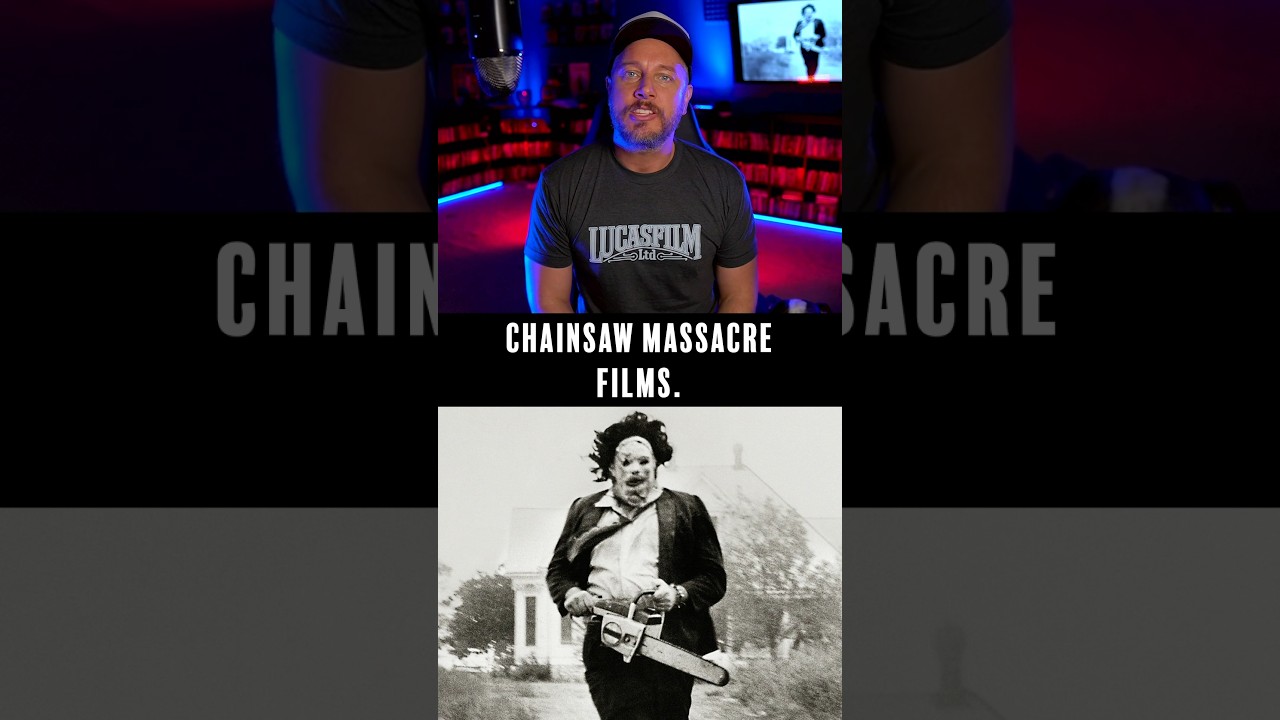
Texas Chainsaw Massacre: A Chilling Icon of Horror
The Legacy of Leatherface
Did you know the character Leatherface from Texas Chainsaw Massacre was inspired by real-life serial killer Ed Gein? This chilling connection not only shaped the film but also left an indelible mark on horror culture. Interestingly, John Carpenter, known for classics like Halloween, acknowledged how Texas Chainsaw Massacre influenced his own filmmaking style. Talk about a spine-chilling legacy!
As the film gained notoriety for its raw aesthetics and intense fright factor, it sparked endless debates about freedom of expression and moral boundaries in horror. Writer Hunter S. Thompson even weighed in on the film’s impact, considering it a commentary on American society’s darker aspects. This heady mix of artistry and societal reflection cemented the film’s iconic status, much like Merle Haggards music does in country scenes. Both reveal unsettling truths wrapped in a captivating package.
A Cultural Phenomenon
The cultural impact of the Texas Chainsaw Massacre reaches beyond cinema into various aspects of entertainment. The film spawned sequels, remakes, and a plethora of merchandise, indicating that it’s not just a flick you see once. Ever heard of the Arkansas Movie cast? They paid homage to this iconic film, showcasing how horror continues to inspire modern creatives in spaghetti western and thriller films.
Moreover, the audacious style of the Texas Chainsaw Massacre laid the groundwork for future horror genres, as seen in slasher flicks that followed. In fact, sports rivalries like the 76ers vs. Pistons evoke similar passion and dedication, demonstrating that fans rally behind their favorite icons, whether on screen or court. It’s a celebration of culture through fear and thrilling matchups.
Behind the Scenes
The making of Texas Chainsaw Massacre was as intense as the film itself. From its shoestring budget to the grueling shooting schedule, the production team faced trials that rival any horror storyline. The surprisingly eerie ambiance evolved from genuine fear and desperation, giving rise to moments that feel raw and unfiltered. If you think about it, it stands in stark contrast to popular shows like Baywatch Hawaii, where sun, surf, and glamour reign supreme.
Of course, casting played a crucial role, mirroring how Daisy de la hoya captivated audiences in her own right. The performances here weren’t just acting; they bled emotion, being closely knit into the very fabric of the horror genre. In the end, Texas Chainsaw Massacre isn’t just a film; it’s an unsettling exploration of human instinct, a nightmare that lingers long after the credits roll. This enduring legacy makes it a chilling icon of horror that keeps fans returning for more.

